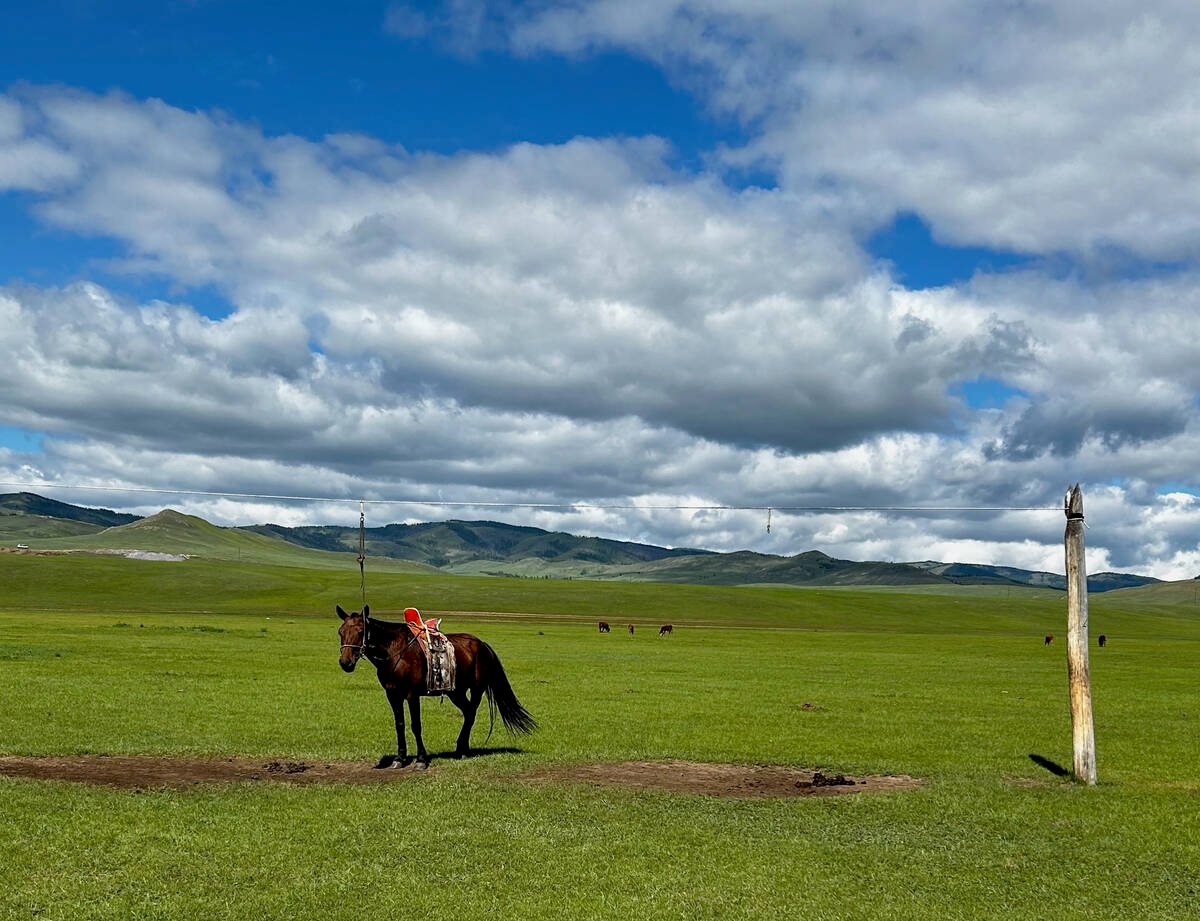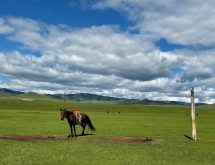BRANDON – Owen McAuley said he was amazed when commodity groups, the provincial government, Manitoba Pool Elevators and Keystone Agricultural Producers were able to agree on how the Crow Benefit should be paid out.
“What was even more amazing was when the federal government seemed to ignore the coalition completely,” McAuley said.
Since February, the coalition has been meeting regularly to hammer out its position on various and rapidly changing grain transportation policies.
McAuley said the group is planning a strategy for lobbying the federal government to give Manitoba more money to help farmers adapt to the changes, including the Aug. 1 elimination of the Crow rail transportation subsidy on export-bound grain.
Read Also

University of Saskatchewan experts helping ‘herders’ in Mongolia
The Canadian government and the University of Saskatchewan are part of a $10 million project trying to help Mongolian farmers modernize their practices.
Several opinions
“We’ve got such a diversity of opinion in terms of how the money should be spread, and compensation versus money paid for adaptation,” McAuley said, adding he thinks the group will find compromise solutions.
The federal government has said Manitoba will get about 60 percent of the $100 million it’s allocating to help producers deal with the change in St. Lawrence Seaway freight pooling. Farmers on the eastern Prairies will pay gradually more as the full costs of shipping through the seaway to Montreal are deducted from their grain payments. Now, the costs are shared by all farmers, including those who have their grain shipped more cheaply to west coast ports.
For the first year, the money will directly compensate producers who ship board grains. But for the second and third years of compensation, KAP wants to see the money go towards helping farmers adapt by changing their operations to use more grain domestically, or by encouraging them to ship only grains that make economic sense.
The way the money is paid out will be important too. McAuley said if it’s split equally to producers according to acreage, it would work out to about $1.80 an acre, which could dilute the results the money could have.
KAP’s general council recently voted in favor of a number of general principles to guide the group’s representatives in upcoming transportation discussions with the Manitoba coalition and the federal government:
- The government should ensure railways pass along to farmers the savings from making operations more efficient in the form of lower freight costs.
- Before more lines are abandoned, there should be a long-term cost-benefit analysis.
- The rail rate structure should ensure that railways reinvest in infrastructure and give producers good and affordable service.
- New short lines may help keep rates in line and give producers good service, but they should not be subsidized.
- Companies should buy new grain cars and allow specialty companies with niche markets to bid on a small percentage of them.














